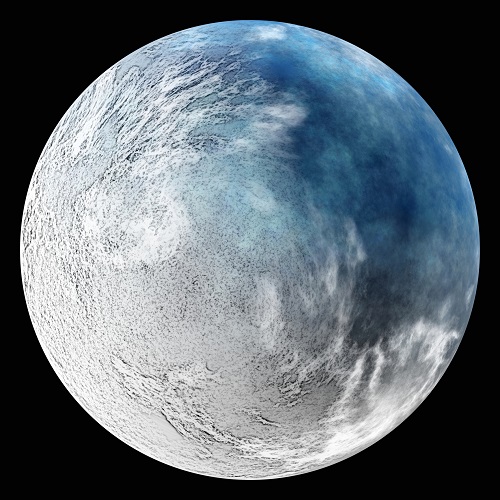Lessons from Earth’s Geological History for Modern Climate Change

Richard Ernst, Department of Earth Sciences
Earth’s history is characterized by dramatic climate changes, including global warming (Hothouse events), global cooling (Icehouse events, i.e. Snowball Earths or regional glaciations), anoxia (low oxygen events in the ocean), stepwise build of Earth’s oxygen level, acid rain/ocean acidification, and mercury poisoning. In some cases, the environmental changes were severe enough to cause mass extinctions (where a majority of life was wiped out). The majority of mass extinctions are linked to giant volcanic events, and, in at least one case, to meteorite impact (that wiped out the dinosaurs). Climatic shifts can also be due to orbital cyclicity, changes in planetary albedo (surface brightness), the plate tectonics cycle, mountain building, changes in solar flux and the length of day, and biological evolution.
Climate change can also be studied on other planets in our solar system and also extra-solar planets. For instance, Venus had runaway greenhouse effects due to massive volcanism and resulting CO2 release that increased the global surface temperatures to 450C. On Earth, the weathering of mafic and ultramafic rocks, acts as a powerful sink for atmospheric CO2, and thus suggests a role for these rock types in modern carbon sequestration efforts.
The most important lesson from Earth’s geological history is that Earth’s climate is continually changing, sometimes dramatically, with potentially catastrophic effects on life, and therefore, the risk to humanity is real.
